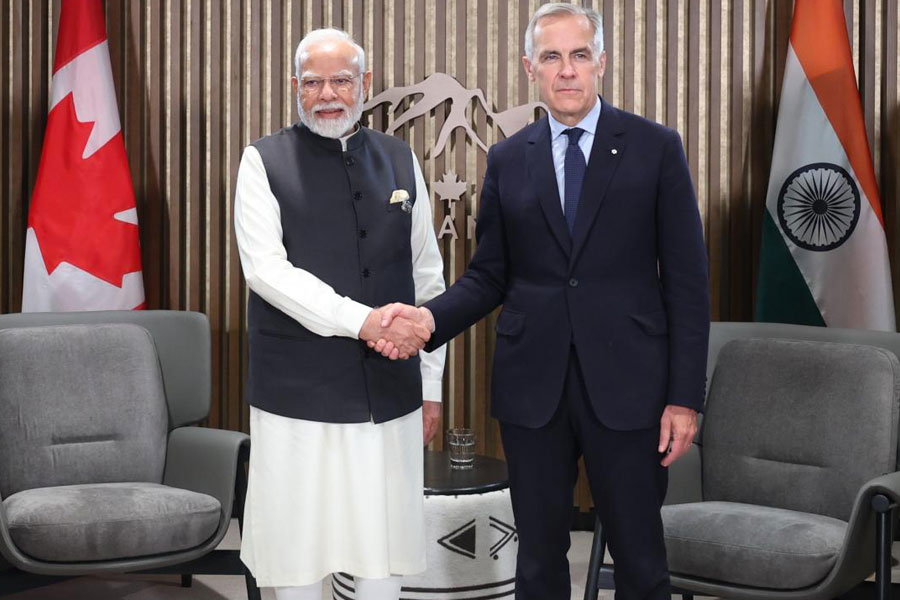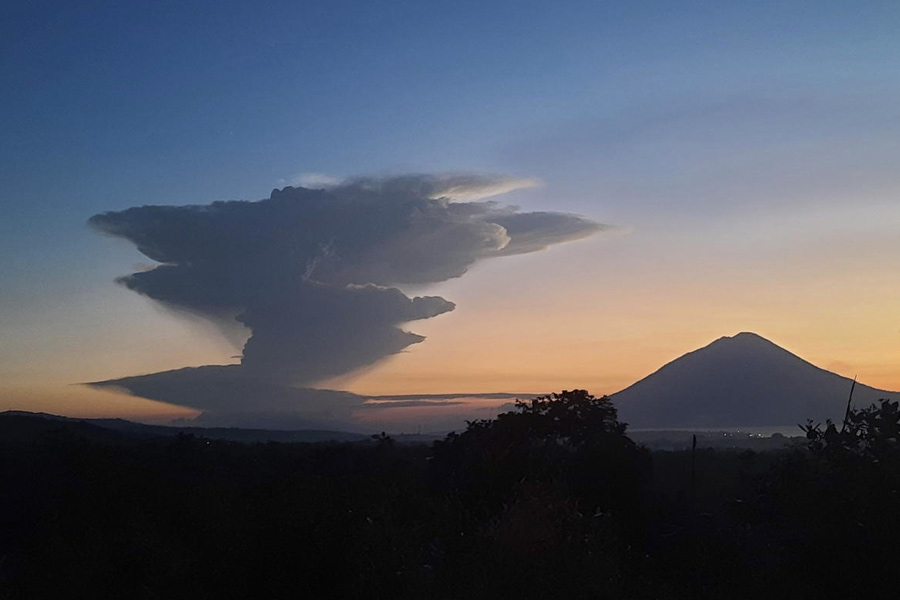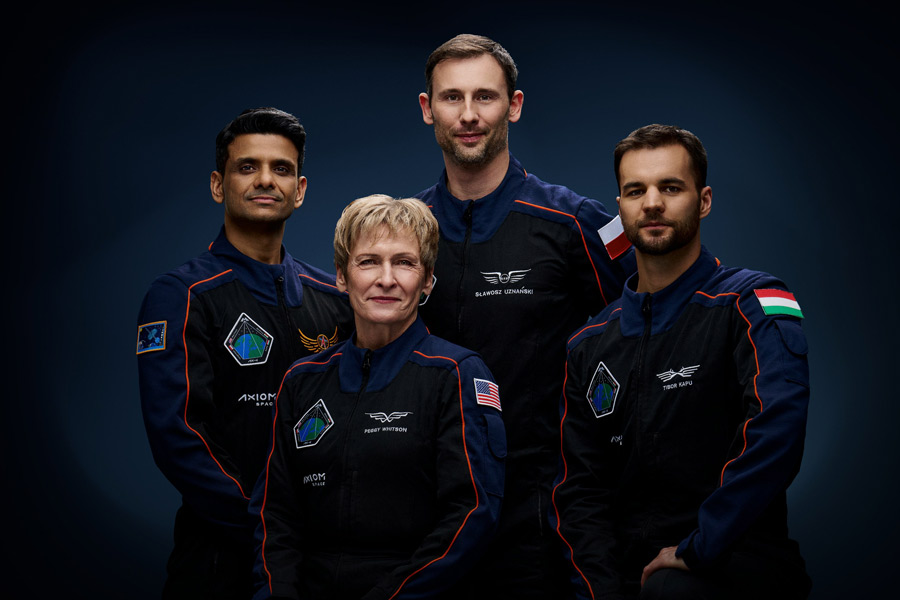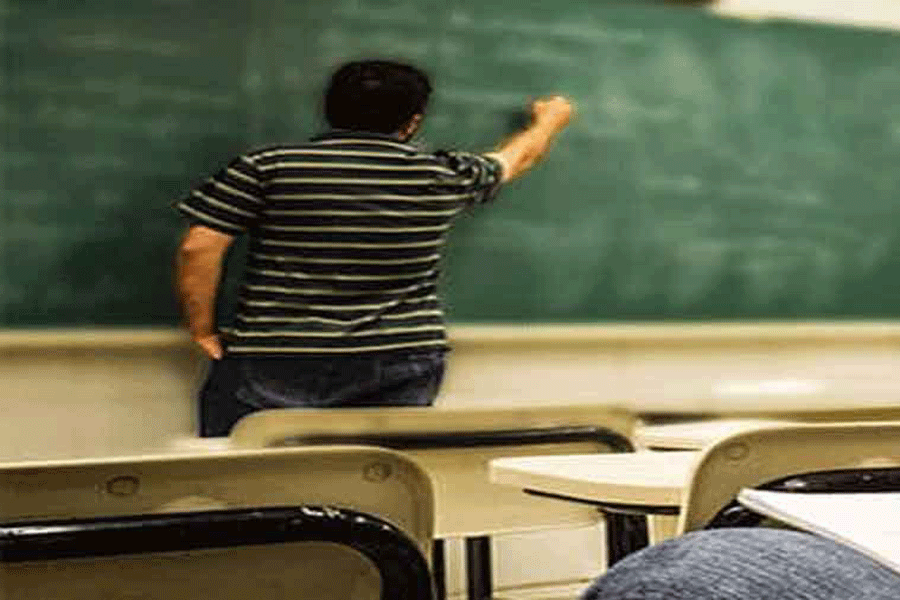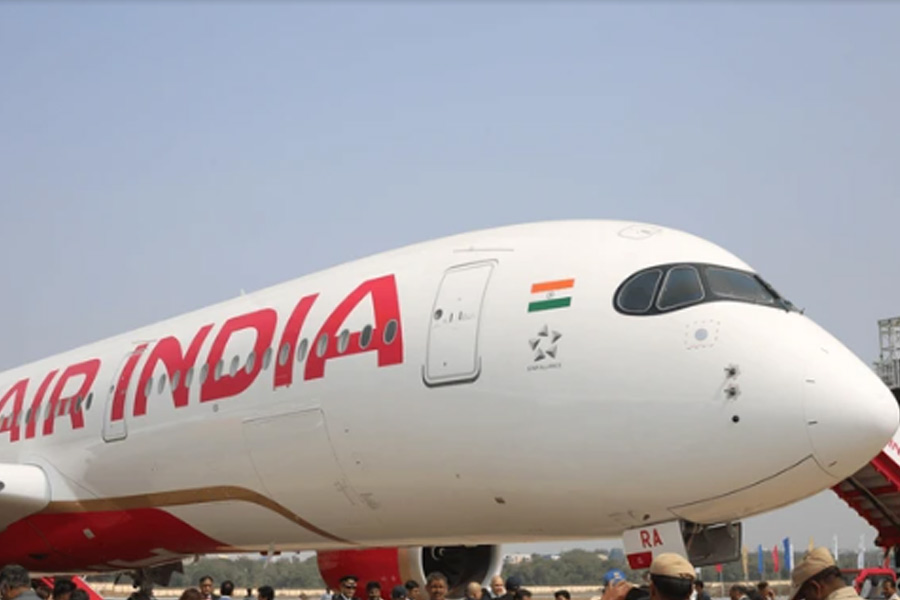
1962 World Cup
The 1962 World Cup was the seventh edition of the tournament. It was held from May 30 May to June 17 in Chile.
The tournament was won by the defending champions Brazil, who claimed their second World Cup title by defeating Czechoslovakia 3–1 in the final in the Chilean capital of Santiago, becoming the second team, after Italy in 1938, to successfully defend the world title.
The tournament was marred by a toxic, poisonous atmosphere and violence between players on the pitch; it also included the infamous first-round match between Chile and Italy, which became known as the Battle of Santiago.
It was the first World Cup that used goal average as a means of separating teams with the same amount of points. The average goals per match dropped below 3 for the first time ever in World Cup history, to just 2.78. The average has not been above 3 since.
Two teams qualified for the first time ever: Colombia and Bulgaria. Colombia did not qualify for another World Cup until 1990.
Pele was injured in the second group match against Czechoslovakia. The USSR’s goalkeeper Lev Yashin, arguably the world’s best at the time, was in poor form and his team went out to Chile (1–2) in the quarter finals. Bright spots included the emergence of the young Brazilians Amarildo (standing in for Pele) and Garrincha, the heroics of Czechoslovakia goalkeeper Viliam Schrojf against Hungary and Yugoslavia, and the performance of the host nation Chile, who took third place with a squad of relatively unknown players.
1966 World Cup
The 1966 World Cup was held in England from July 11 to 30. England beat West Germany 4–2 in the final, winning the Jules Rimet Trophy. With this victory, England won their first World Cup title and became the third host nation to win the tournament after Uruguay in 1930 and Italy in 1934.
The 1966 final, held at Wembley Stadium, was the last to be broadcast in black and white. The tournament held a Fifa record for the largest average attendance, for 28 years, until it was surpassed by the United States in 1994. Portugal and North Korea qualified for the first time.
Thirtyone African nations boycotted the tournament to protest a 1964 Fifa ruling that required the three second-round winners from the African zone to enter a play-off round against the winners of the Asian zone in order to qualify for the World Cup, as they felt winning their zone was enough in itself to merit qualification.
The 1966 World Cup had a rather unusual hero off the field, a dog called Pickles. In the build-up to the tournament, the Jules Rimet trophy was stolen from an exhibition. A nationwide hunt for the icon ensued. It was later discovered wrapped in newspaper as the dog sniffed under some bushes in London. The FA commissioned a replica Cup in case the original was not found in time. This replica is held at the English National Football Museum in Manchester, where it is on display.
World Cup Willie, the mascot for the 1966 competition, was the first World Cup mascot, and one of the first mascots to be associated with a major sporting competition. World Cup Willie was a lion, a typical symbol of the United Kingdom, wearing a Union Flag jersey emblazoned with the words ‘World Cup’.
Source: Wikipedia


